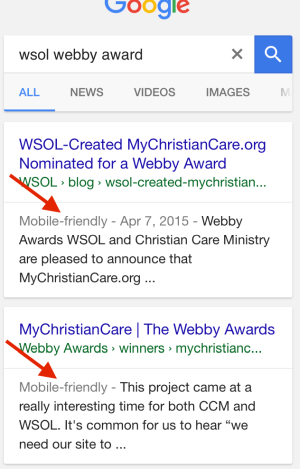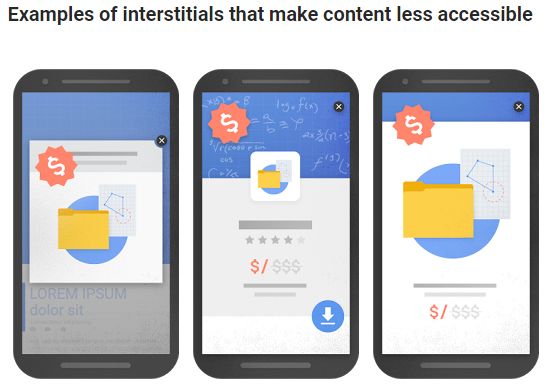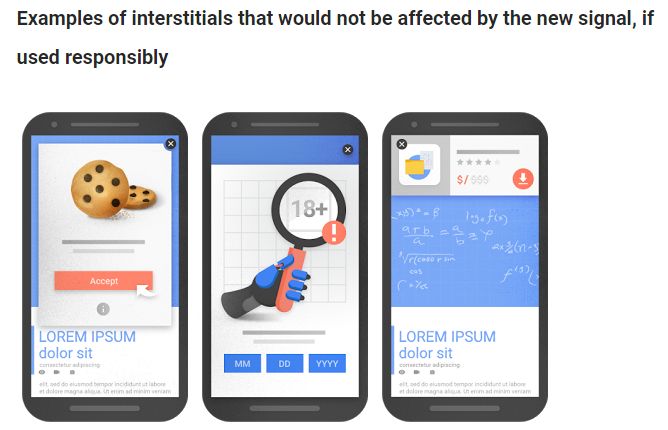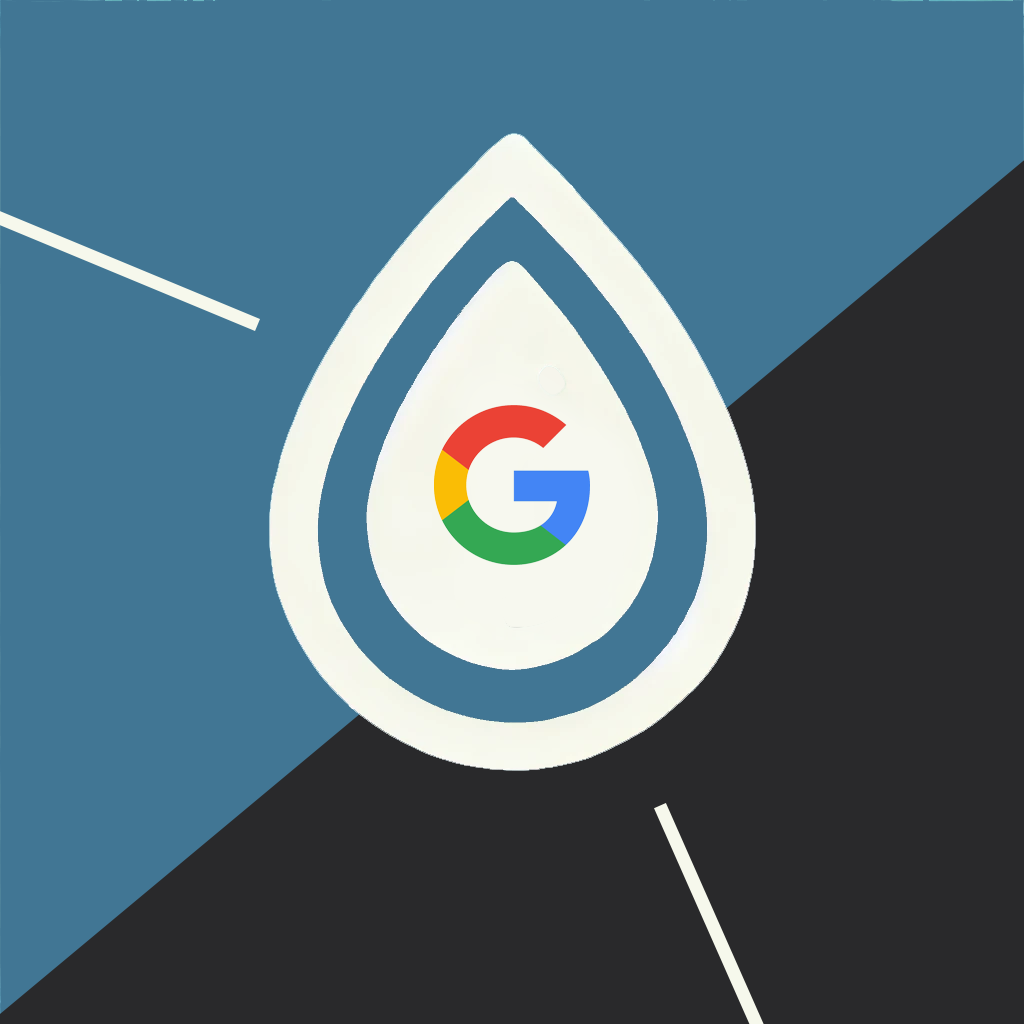Google Alert: Pop Up Ads on Sites May Impact Your Search Rankings
Allison Casey Digital Marketing Director, Partner#Industry Insights, #Mobile, #SEO

We look at Google's upcoming change, which will affect sites that use interstitial pop up ads. Read on to make sure you aren't penalized in search rankings!
This move is consistent with Google’s focus on the user’s search experience, and we’ve seen this focus be integrated into the core algorithm in the past. Last year, Google said it would boost the rankings on sites deemed mobile friendly. They even provided a tool that would allow web site owners to check if their site met Google’s criteria for “mobile friendly.”
We’ve also seen Google use other search experience tools, such as the security of a site through the use the HTTPS protocol. In 2014, Google also said it would boost rankings for sites that were encrypted (resulting in a https:// domain).
There are over 200 ranking signals that affect how sites rank in Google’s search results. Some of these have been confirmed, some are speculation by the SEO (search engine optimization) world, and some are outright controversial. When a new ranking signal is announced, the question is a) “Does this impact my site?” and b) “Will it really make a difference?”
Let’s dive a little deeper into this.
For sites that don’t use pop up ads, you can stop reading. You won’t be impacted by this change. However, if you haven’t yet, you may want to make sure you are in line with some of the other key ranking signals through a SEO Health Check.
If you are running pop up ads, keep reading.
In announcing this change, Google clarified that while their mobile friendly criteria remains a ranking signal, they will be removing the mobile friendly label in search results.

They will be keeping tools such as the mobile usability report in Google Search Console and the mobile-friendly test to help site owners evaluate any effects of the mobile friendly signal on their pages.
Google has tied their decision to penalize sites with Interstitial Ads for two main reasons:
- Pop up ads ruin the user experience.
- Ads make content less accessible to users on a mobile screen.
What Types of Ads Will Be Affected?
Google announced this change in a post on the Webmaster Central Blog, and they provided examples of techniques that make content less accessible. If you are running Interstitial ads on your site, you should use these as guidelines as to whether or not your site will be penalized.
“…
- Showing a popup that covers the main content, either immediately after the user navigates to a page from the search results, or while they are looking through the page.
- Displaying a standalone interstitial that the user has to dismiss before accessing the main content.
- Using a layout where the above-the-fold portion of the page appears similar to a standalone interstitial, but the original content has been inlined underneath the fold.“

The Webmaster Blog also defined examples of types of ads that would not necessarily be considered a signal flag, and sites which use these types of interstitials would not be penalized.
“…
- “Interstitials that appear to be in response to a legal obligation, such as for cookie usage or for age verification.
- Login dialogs on sites where content is not publicly indexable. For example, this would include private content such as email or unindexable content that is behind a paywall.
- Banners that use a reasonable amount of screen space and are easily dismissible. For example, the app install banners provided by Safari and Chrome are examples of banners that use a reasonable amount of screen space.”

Keep in mind that these guidelines are just that: guidelines. As with most ranking signals, if your site has great overall content and performs well in intent based searches, you may still rank highly even if you continue to run these ads.
Ideally, we’d like to see Google produce an “Interstitial Tool” that would allow site owners to check to see if they should be concerned about how they are using ads on their site. But we like to “dream big” on things related to Google’s ranking signals.
If you have any questions about how to ensure that your site is meeting the best practices for SEO, please contact us. Our SEO experts will not only work with you to address any issues that might be negatively affecting your search rankings, we’ll help you formulate a strategy that will help your users find you and increase the ROI for your online efforts. We look forward to working with you to find SEO success!
Related Posts

The Google Leak and Creating Content That Doesn't Suck
This year's leak of Google's internal SEO documents underscored the need for web content that doesn't suck. But here's what else we learned...

Why You Need an SEO Content Audit in your Migration Plan
Diagram's Allison Casey spills all her insider SEO tips on migrating your content the right way.
Results Matter.
We design creative digital solutions that grow your business, strengthen your brand and engage your audience. Our team blends creativity with insights, analytics and technology to deliver beauty, function, accessibility and most of all, ROI. Do you have a project you want to discuss?
Like what you read?
Subscribe to our blog "Diagram Views" for the latest trends in web design, inbound marketing and mobile strategy.
